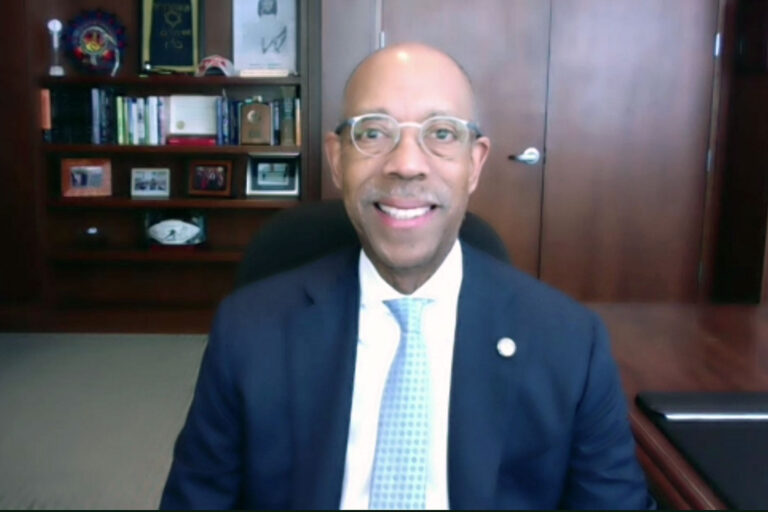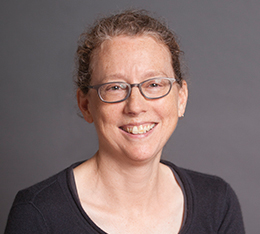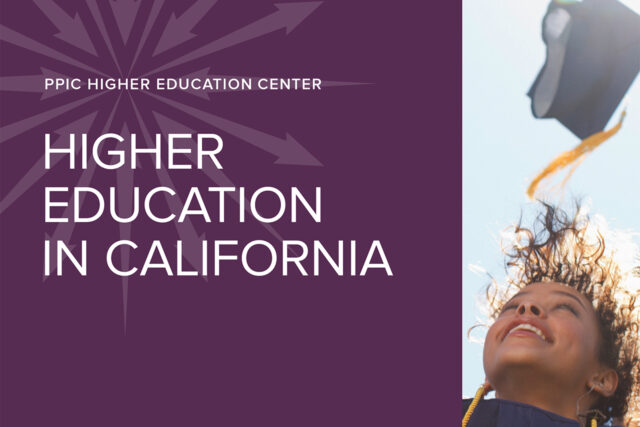Since Dr. Michael V. Drake became UC’s 21st president in August 2020, COVID-19 has been a major concern. However, as he told Mark Baldassare last week, “We also want to make sure that we stay focused on the issues that are the most important ones for our university broadly, and that is to really do all we can for access, affordability, and excellence.”
During the pandemic, UC has continued to do health science research, and its hospitals have been open. “Our health care workers have been on the front lines,” Drake said, and a large number of support staff in areas such as food service and transportation have also been working. In addition, most of UC’s faculty and students made “an incredible pivot . . . to virtual instruction.”
Drake said that UC plans to return to in-person instruction in the fall. “I don’t think the fall of 2021 is going to look like the fall of 2019,” he added. Even though instruction and many other areas will return to the campuses, there will be a significant amount of virtual content and communication.
Taking telemedicine as a prime example, Drake noted that online communication has improved efficiency. While UC was doing a few hundred telemedicine visits in a month last February, it now does tens of thousands each week. These visits peaked over the summer, he said, when in-person visits were rare. “Now we’ve brought back our in-person visits to nearly what they were before but added to that about 50,000 telemedicine visits per week across the system.”
While the pandemic has had an economic impact on higher education, UC does not plan to raise tuition or lower the percentage of students (57%) whose tuition is covered by grants. As part of its commitment to access and affordability, UC has supported Pell Grant increases and the reinstatement of affirmative action. It has continued its efforts to attract and retain students from historically underrepresented groups.
“We had the most diverse class in our history admitted this past fall,” Drake said. Among the large number of applications for fall 2021, he added, “we were pleased to see that African American applicants were up by about 20% and Latino applicants were up by 11%.”
UC’s efforts to increase equity and diversity hinge on its partnerships with other segments of California’s educational system, as well as with elected officials. “I would say that the legislature and the governor have been very supportive of the needs of the education segment,” Drake said. “I think they understand that when the country finds itself in an economic crisis like this . . . the higher education system [is] the pathway toward recovery.”



